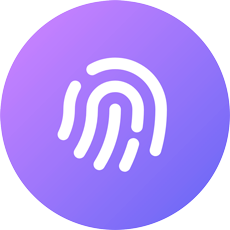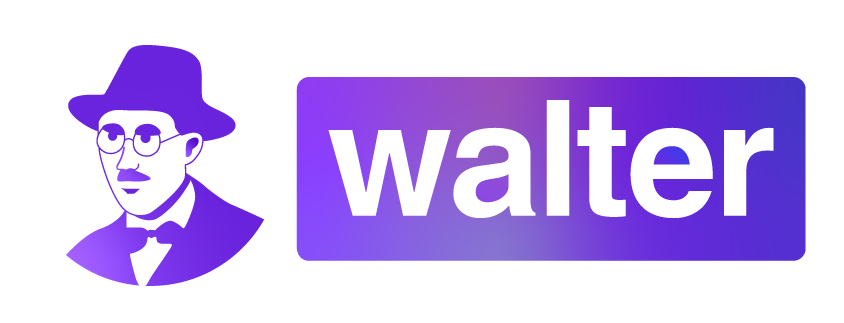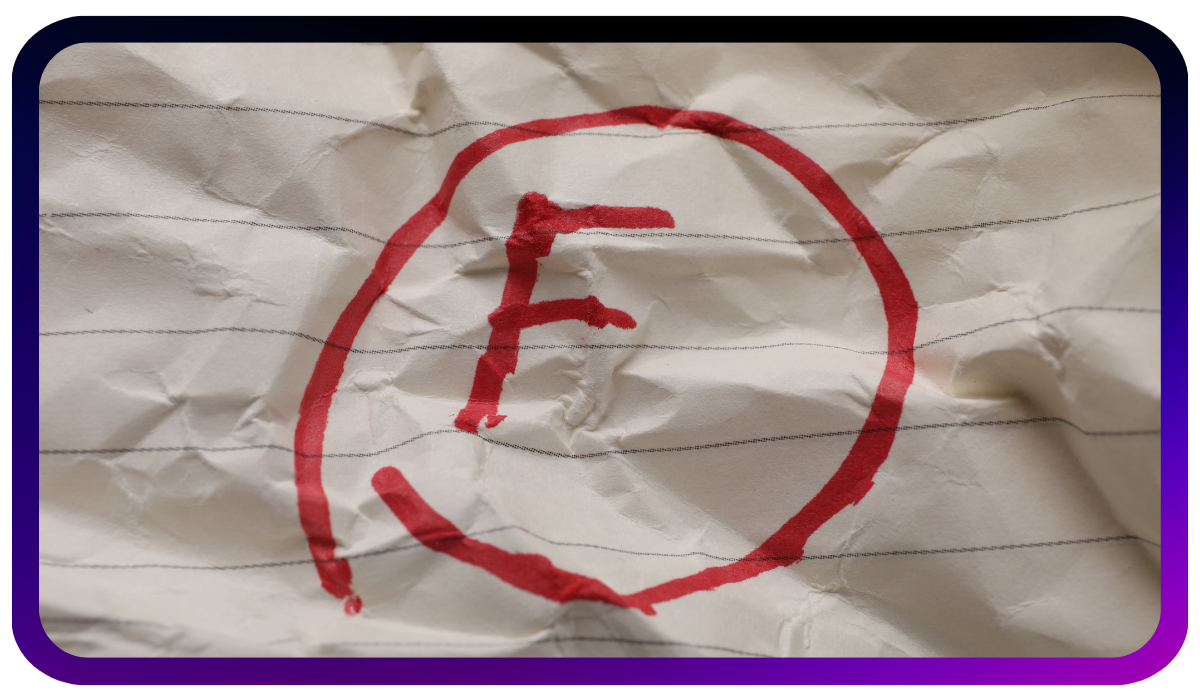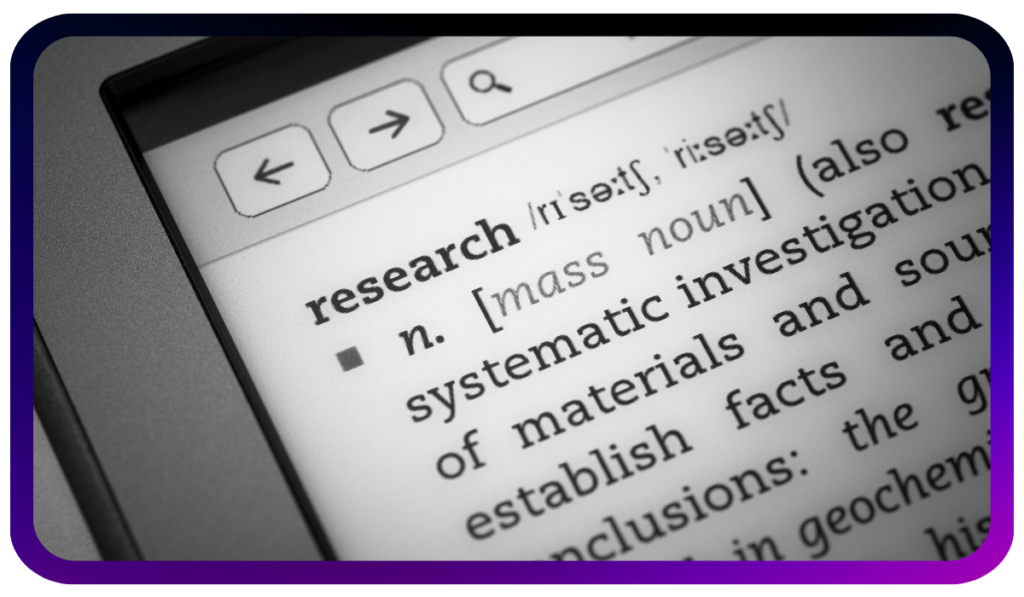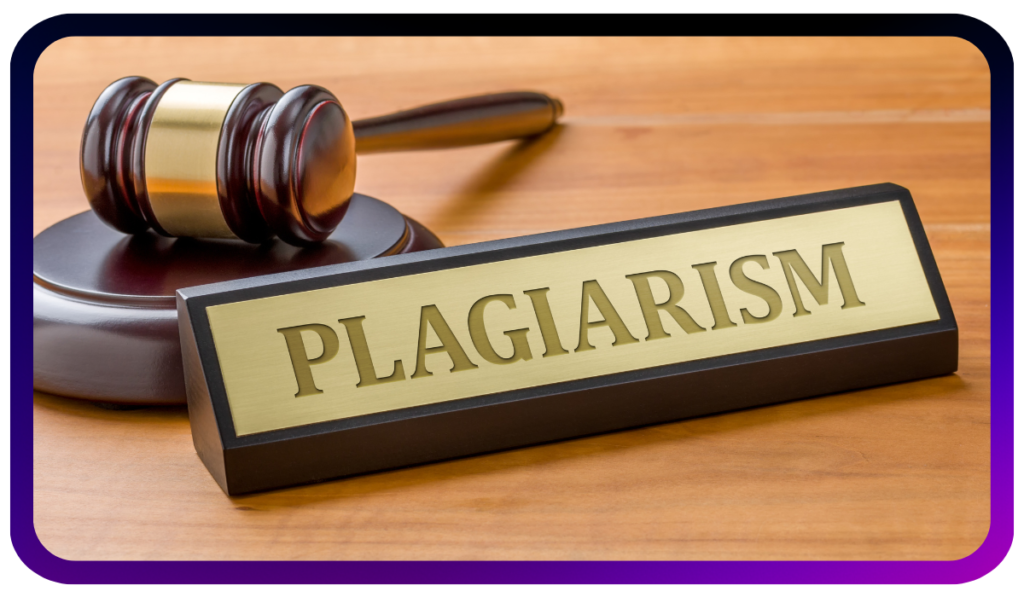A plagiarism checker is a tool designed to analyze text and compare it against a vast library of existing content—think academic papers, web pages, books, and journals. Its main goal is to detect whether parts of a submitted document have been copied, paraphrased, or generated in a way that mirrors other sources too closely.
Whether you’re a student writing an essay, a content creator drafting blog posts, or a researcher preparing a journal submission, maintaining originality is critical. That’s where plagiarism checkers come into play. These tools not only help detect duplicate content but also flag improper citations and subtle forms of text manipulation.
Who Uses Plagiarism Checkers & Why?
Plagiarism detection software isn’t just for classrooms. It serves a wide variety of users:
- Students & Educators: Academic institutions use plagiarism checkers to maintain educational integrity. Professors and teachers use them to ensure assignments are original, while students use them to double-check their own work before submission.
- Writers & Businesses: Digital marketers, SEO specialists, and freelance writers often use plagiarism detectors to ensure their content is unique and won’t hurt their search rankings or brand credibility.
- Researchers & Publishers: Scientific and academic communities rely heavily on originality. Research journals and peer-reviewed publications use advanced plagiarism detection to validate the authenticity of submitted studies.
How Do Plagiarism Checkers Work?
The Technical Process of Plagiarism Detection
Ever wondered what’s happening behind the scenes when you paste your essay into a plagiarism checker?
Here’s a step-by-step breakdown of how the process typically unfolds:
- Text Submission
You start by uploading a file or pasting text directly into the software interface. This is the raw material the tool will analyze.
- Text Segmentation
The software breaks the content into smaller segments—usually sentences or phrase-length chunks. This makes it easier to compare each part individually, increasing accuracy.
- Comparison with Databases
This is where the magic happens. The software compares your segmented text against multiple sources, including:
– Public web pages (blogs, news articles, forums)
– Academic databases (JSTOR, PubMed, arXiv)
– Private repositories (like Turnitin’s student-submitted paper database) - Similarity Scoring & Reporting
Once the comparison is complete, the system calculates a similarity score—a percentage that indicates how much of the content matches existing material. Matched text is usually highlighted, with source links provided for review.
Types of Plagiarism Detected by These Tools
| Type of Plagiarism | Description | How It’s Detected |
|---|---|---|
| Direct Plagiarism | Word-for-word copying without citation | Easily detected via exact-match comparison |
| Self-Plagiarism | Reusing your own previous work without proper attribution | Detected if previous work exists in the tool’s database |
| Mosaic Plagiarism | Mixing copied content with original content | Detected through partial phrase matching |
| Paraphrased Plagiarism | Rewriting another’s work in your own words without credit | Harder to detect; relies on semantic and structural analysis |
| Accidental Plagiarism | Unintentional lack of citation or poor paraphrasing | Detected like other forms—highlighted for user awareness |
How Accurate Are Plagiarism Checkers?
Strengths of Plagiarism Detection Software
Modern plagiarism tools are incredibly powerful, and here’s what they do well:
- Speed and Scale: They can scan millions of documents within seconds.
- Precision with Direct Copying: Identifying verbatim text is a breeze.
- Great for Students: They catch accidental plagiarism, which is common in student writing, and help build better citation habits.
Limitations & Challenges in Plagiarism Detection
Still, these tools aren’t perfect. Some challenges they face include:
- Paraphrased Content: Basic checkers often miss content that’s been reworded without attribution.
- Database Limitations: Many tools don’t have access to subscription-based journals or private institutional content.
- AI-Generated Text: Since AI doesn’t “copy” from existing sources, plagiarism detectors often let it slide by unnoticed.
Can Plagiarism Checkers Detect AI-Generated Content?
Do Plagiarism Tools Work Against AI-Written Text?
Here’s where things get interesting. Traditional plagiarism checkers are built to compare text against known sources. So when AI-generated content is completely original—created from scratch by large language models like GPT—it doesn’t match any existing content.
That means many standard checkers won’t flag AI writing as plagiarized.
But that doesn’t mean you’re in the clear. Tools like Turnitin AI Detection, GPTZero, and Originality.ai have emerged to fill that gap. These systems analyze how the text is written. They look for patterns in tone, sentence structure, and statistical likelihood to guess whether an AI wrote the text.
How to Ensure AI Content Isn’t Flagged as Plagiarism
If you’re using AI tools to help you write, here’s how to keep things clean:
- Cite your sources: Even if AI writes it, you still need to credit original ideas or data points.
- Rephrase and Humanize: Don’t just copy-paste. Take the time to rewrite AI-generated suggestions in your own voice.
- Use an AI Humanizer: This leads us to a useful tool—Walter Writes AI.
How AI Text Humanizers Help Improve Originality & Avoid Plagiarism
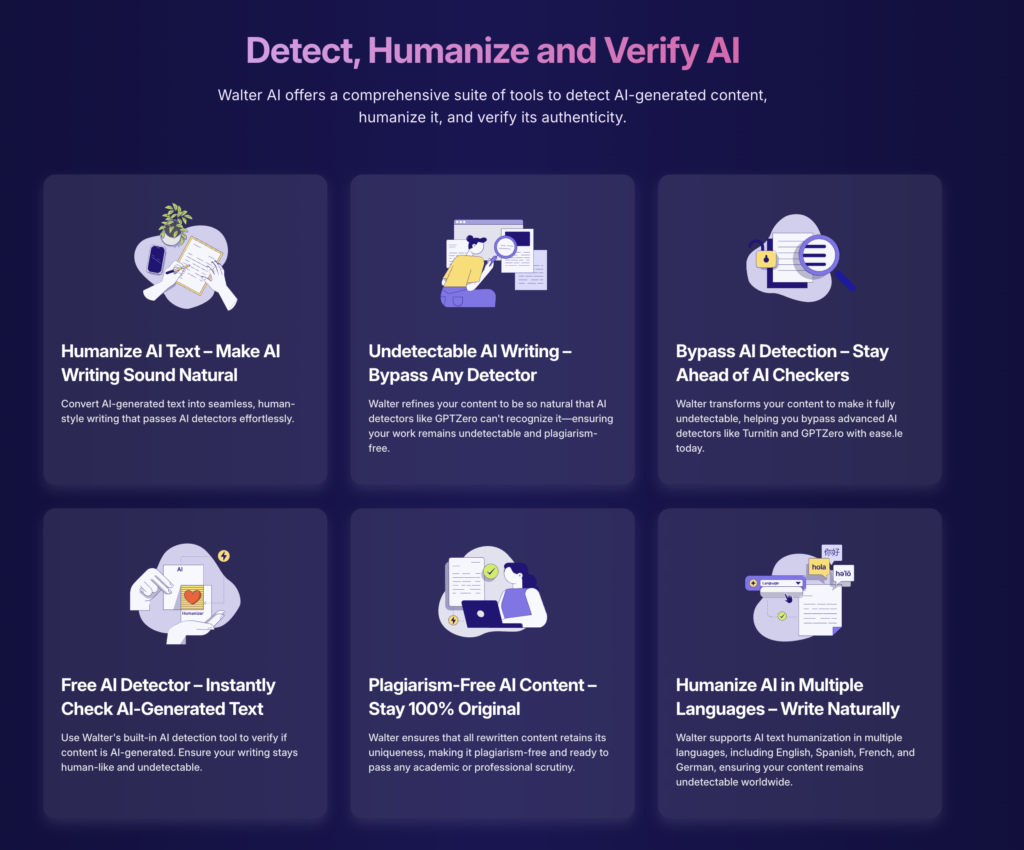
Refining AI-Generated & Plagiarized Content with Walter Writes AI
Walter Writes AI is a content refinement tool designed for people who use AI in their writing workflows. Whether you’re using ChatGPT, Jasper, or any other tool, Walter helps polish and humanize your output.
It does this by:
- Making sentence structures more natural and less formulaic.
- Add variety in tone and vocabulary.
- Adjusting flow to make the text sound less robotic.
The result? AI-written content not only sounds more human but also steers clear of plagiarism flags by being completely reworded.
Why Walter Writes AI Is a Better Alternative for Content Refinement
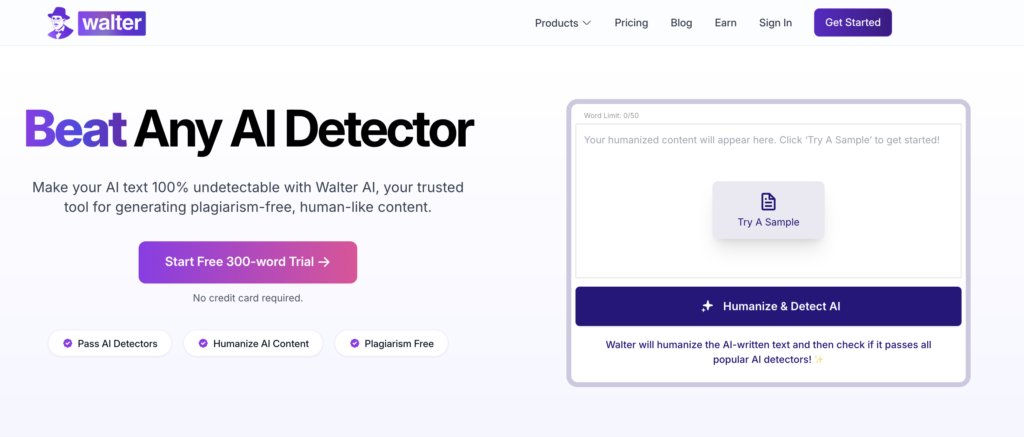
Here’s what sets Walter apart from basic paraphrasing tools:
- Intelligent Rewriting: Walter doesn’t just shuffle words—it reconstructs meaning while retaining your original message.
- Plagiarism Shield: By deeply reworking AI-generated content, it reduces the chances of triggering AI or plagiarism detectors.
- Ideal for All Writers: Whether you’re a student trying to polish an essay or a content marketer producing SEO articles, Walter adapts to your voice.
Conclusion – Understanding How Plagiarism Checkers Work
Plagiarism checkers have become indispensable in today’s content-heavy world. They operate by analyzing your text, comparing it to huge databases, and providing a clear snapshot of how original your content really is.
While these tools are powerful, they’re not without limitations—especially when it comes to paraphrasing or AI-generated content. That’s where tools like Walter Writes AI come into play, helping users refine their work and stay on the right side of originality.
Looking to elevate your writing and keep your content plagiarism-free? Try Walter Writes AI and make sure your work always sounds authentic—and passes every check.
